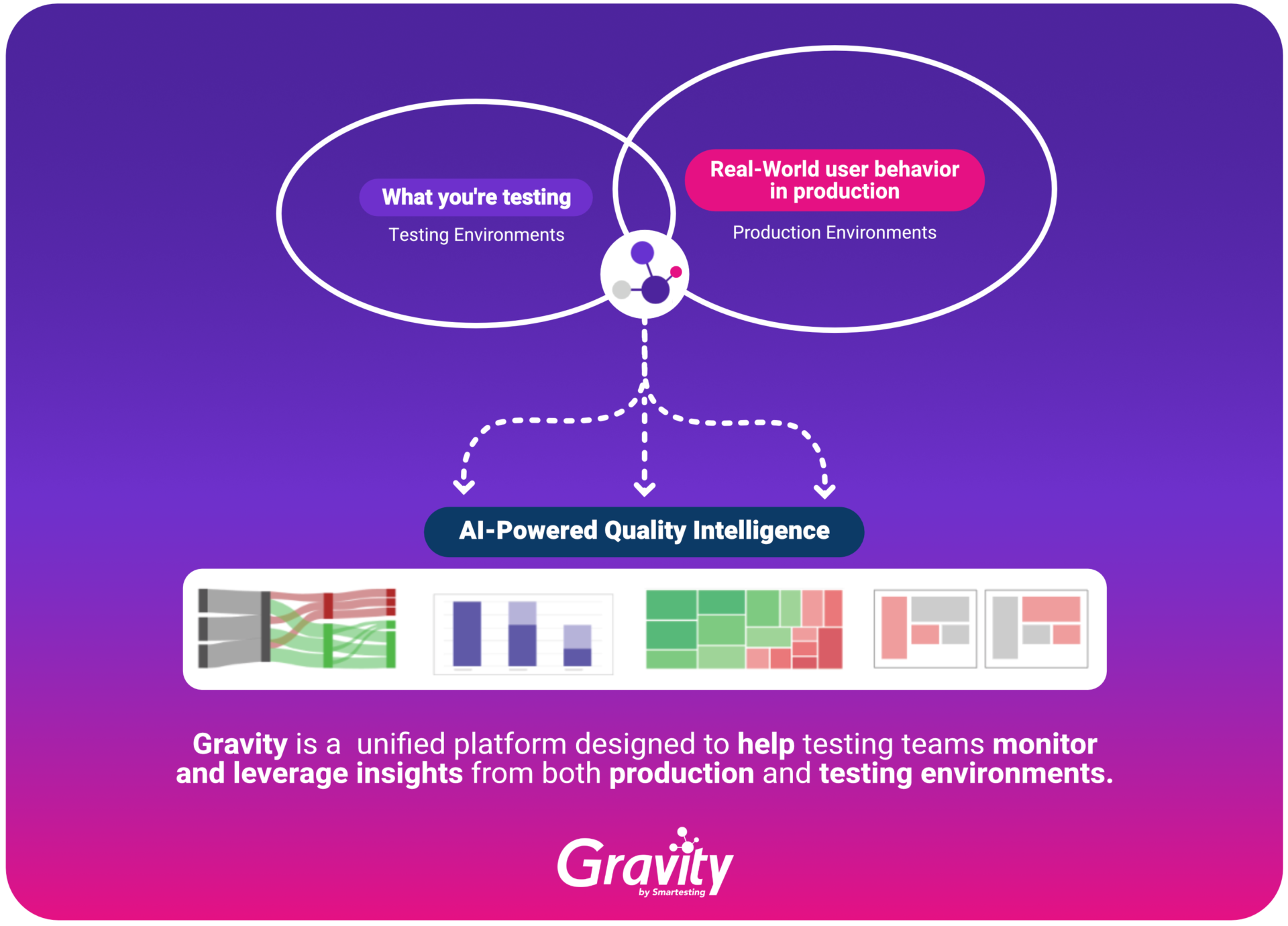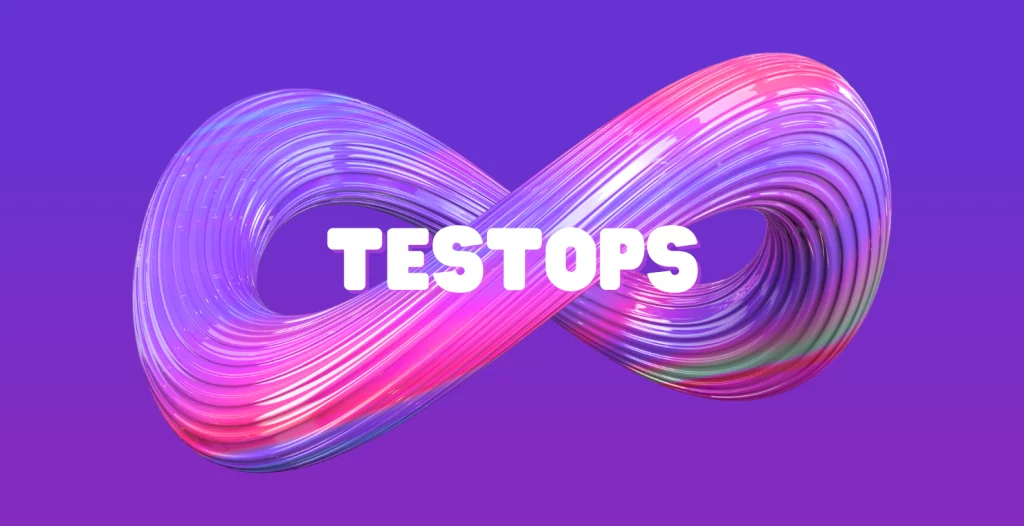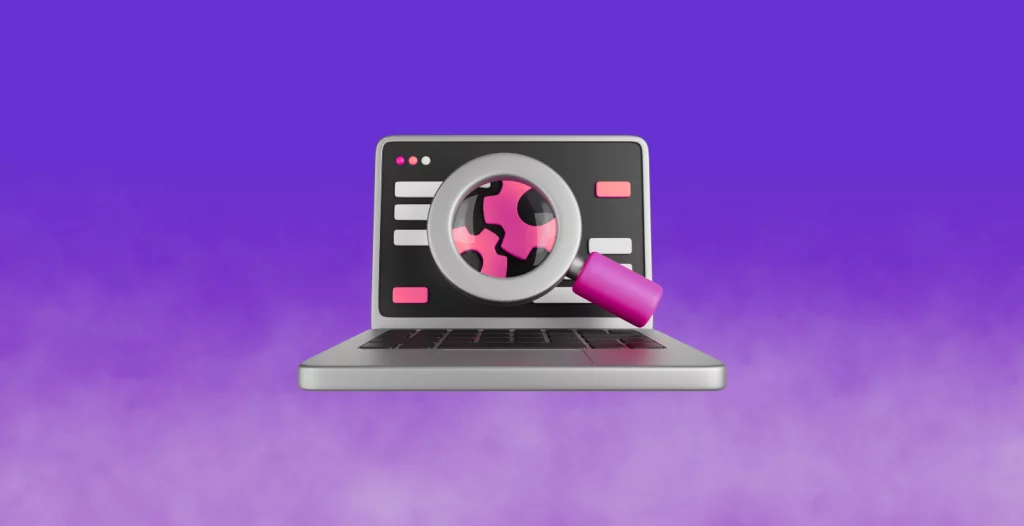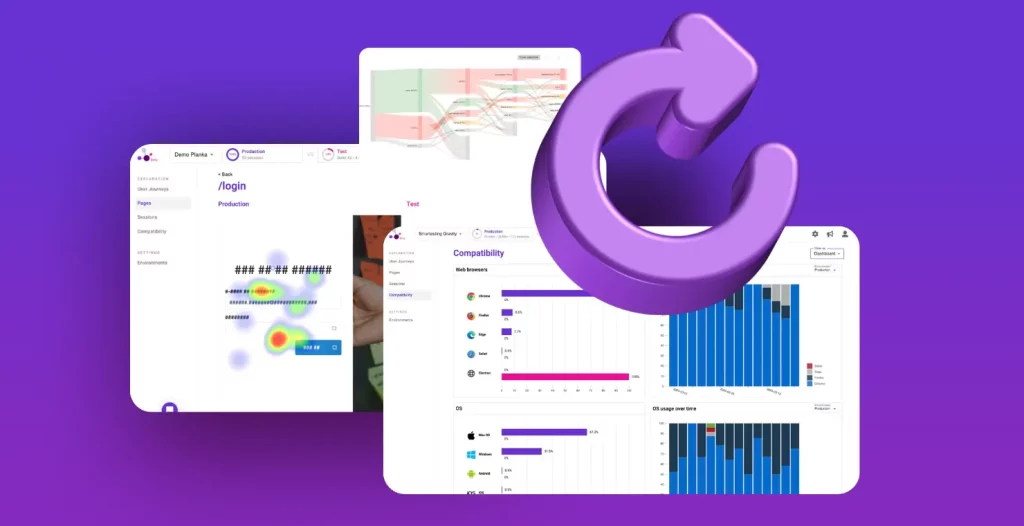📈 Quality with Smoke Testing, Sanity Testing & Regression Testing
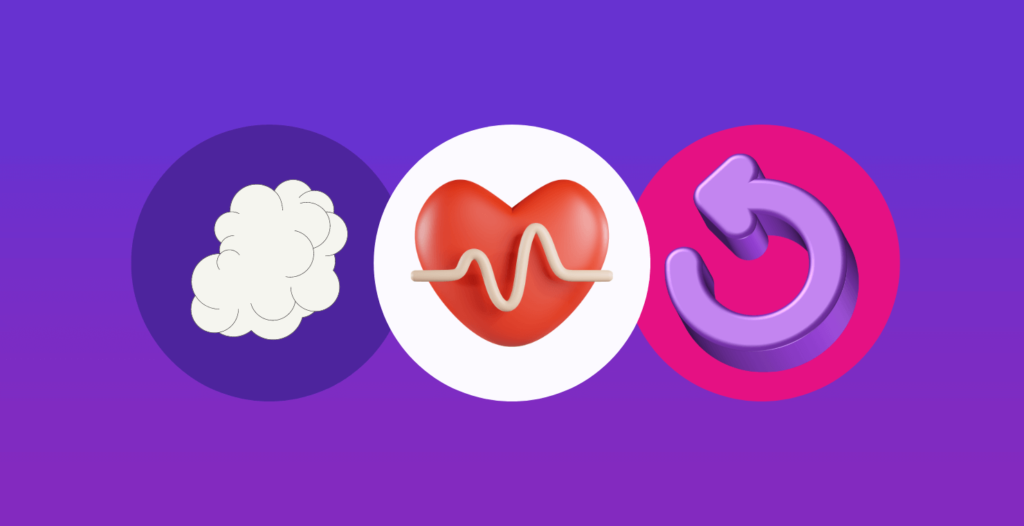
Understanding the differences between Smoke, Sanity, and Regression Testing is crucial for ensuring the quality and stability of software throughout its development lifecycle. Each of these testing methodologies serves a unique purpose. They are applied at different stages of the software development process to identify and fix issues efficiently.
Let’s start with some definitions:
Smoke testing
Smoke Testing is a preliminary level of testing that is performed on an initial build of the software to ensure that the most critical functionalities work correctly. It is a subset of acceptance testing and is usually carried out by developers or testers. The term “smoke testing” comes from the hardware testing practice of turning on a new piece of hardware for the first time and considering it a success if it does not catch fire or smoke. The objective of smoke testing is to verify the “stability” of the system. This, to proceed with more rigorous testing. It is not exhaustive but serves to quickly assess if an application is suitable for more detailed testing. Smoke testing can be automated, also known as a build verification test (BVT).
Sanity testing
Sanity testing, on the other hand, is a subset of regression testing. Is performed on stable builds with minor changes in code or new functionality. The main objective is to ensure that the recent changes function as intended and don’t negatively impact the existing features of the application. Unlike smoke testing, sanity testing is more focused and in-depth, concentrating on specific functionalities rather than the entire application. It is typically performed by testers and can also be automated. Focusing on major areas that may be affected by recent changes before proceeding to more comprehensive testing.
Regression testing
Regression testing is an approach to testing that ensures any existing functionality continues to work as expected after updates, configuration changes, or any code changes. The primary goal is to identify any new defects or unintended impacts on the previously functioning parts of the application due to the alterations. Regression testing, in contrast to Smoke and Sanity testing. It is characterized by its thoroughness and attention to detail, involving the execution of all existing test cases and scenarios. Testers or developers typically conduct this process, and it can also be automated. With adequate time and resources, the goal is to cover the full spectrum of existing test cases within a system, including both core functionalities and edge workflows.
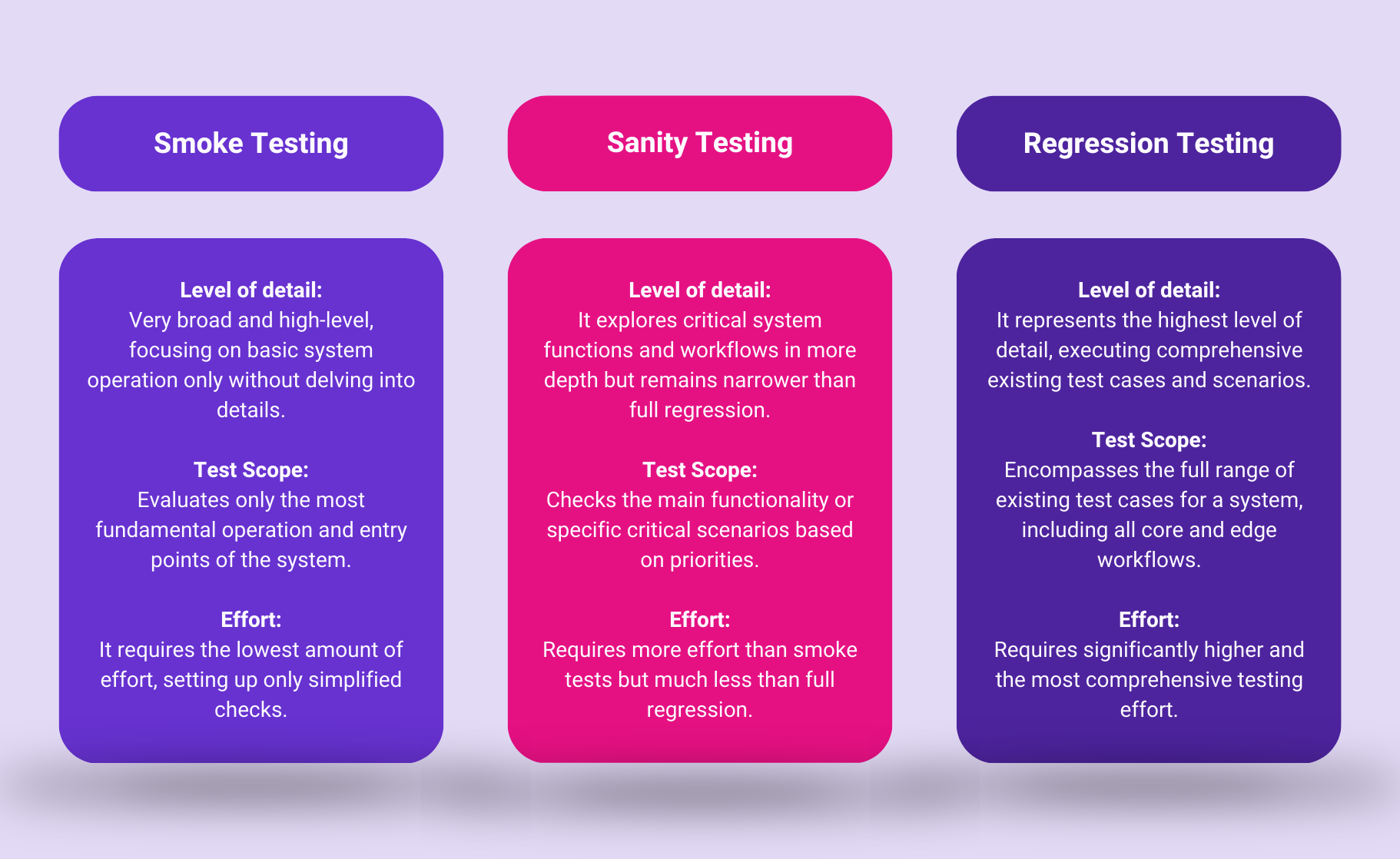
Maximizing the effectiveness of these testing approaches is vital to maintaining software quality and reliability. Especially when faced with limited testing time and resources. To achieve this, effective prioritization of test cases is essential. Begin by concentrating on critical, high-impact test scenarios that thoroughly cover your application’s core functionality. Give special attention to areas with recent code changes or enhancements, as they are more likely to introduce defects. As you broaden your testing coverage, evaluate the risks associated with different parts of your software and allocate resources accordingly. Following these guidelines allows you to optimize your testing efforts. Ensuring that you address the most crucial aspects of your software while working within the constraints of your available time and resources.
Strategies for selecting and prioritizing test cases
These testing approaches don’t involve rerunning every test case over and over. Rather, they require the thoughtful selection of test cases based on their level of risk and priority. As the systems grow in complexity, the scale of tests tends to expand exponentially. This growth results in prolonged execution times, sometimes spanning days or weeks.
This presents a unique challenge for testing teams. It’s the need to strategically select and prioritize tests due to resource constraints and time limitations. The sheer volume of tests can lead to a tipping point where it becomes impractical to execute every relevant test. The team is then confronted with the critical task of identifying and focusing on high-priority test cases. They need to employ some type of risk-based testing strategies, and continually maintain and update the test suite to ensure relevance and effectiveness.
Considering the trade-offs regarding the depth of coverage expected in Smoke, Sanity, and Regression testing approaches, the key challenge is to systematically prioritize and select test cases within the test suite (manual or automated). The aim is to strike a delicate balance between achieving comprehensive coverage and ensuring the effectiveness of the testing process. All while taking into account resource limitations and the business relevance of application under test.
Discover various methods to prioritize test cases, all intended to strike a balance between comprehensive coverage and reducing execution time:
- Risk-Based: Prioritize test cases based on the risk associated with the functionality they test. High-risk areas should be tested first.
- Business Impact: Prioritize test cases that have a high impact on the business. These could be features that have a high business value.
- Historical Defect Analysis: Prioritize test cases, focusing on the modules or functionalities that historically tend to have more issues.
- Requirements-Based Prioritization: Prioritize test cases based on the importance of the requirements they cover. Some requirements are more critical than others.
- Code Coverage Analysis: Prioritize test cases that cover more lines of code or changed code, ensuring a comprehensive check of the software’s core functionalities.
- Change Frequency: Prioritize test cases that cover parts of the application that change frequently. These areas are usually more prone to defects.
- Priority Matrix: Develop a priority matrix that combines factors such as business impact, technical complexity, and code coverage to assign priority levels to test cases.
Gravity helps achieve higher quality through precise test prioritization
Gravity is a unified platform designed to help testing teams monitor and leverage insights from both production and testing environments, enhancing the efficiency of the test prioritization of Smoke, Sanity, and Regression testing approaches. Its primary function is to produce “Quality Intelligence” by processing the ingested data through machine learning algorithms. This involves translating raw data into meaningful insights using techniques such as pattern recognition, trend and correlation analysis, anomaly and outlier detection, and more.
By comparing the paths taken by real user interactions in live production with the tests conducted in testing environments, Gravity generates data-driven insights. These insights enable testing teams to:
- spot gaps in coverage,
- identify features that are either over-tested or under-tested,
- recognize redundant testing efforts in less critical areas.
Gravity aids in test case selection and prioritization, ensuring targeted test coverage where it matters most. Consequently, testers can make informed decisions on the prioritization of their regression testing. Decisions are based on actual user behavior, increasing the effectiveness of test planning rather than relying on assumptions and guesswork.
Gravity utilizes pattern recognition and AI to automatically generate test cases for areas lacking test coverage. Whether they are manual tests or automated scripts for test automation tools like Cypress, Playwright, and others. This feature not only reduces the burden of test case creation but also leads to a decrease in maintenance overhead.
Conclusion: Smoke Testing, Sanity Testing, and Regression Testing
Regardless of the testing approach your teams adopt, gaining insight into user behaviors improves relevance and test coverage through data-driven test case selection and prioritization. This focused strategy ensures that testing efforts concentrate on the most pertinent and impactful aspects of the software. You’ll optimize resource allocation and minimize risks. Geared towards enhancing testing efficiency, broadening coverage, and elevating overall software quality, this targeted approach directs testing efforts to the application’s most relevant facets. Such focus significantly influences user satisfaction and the overall success of the business.
Author: Cristiano Caetano – Head of Growth at Smartesting
Software testing authority with two decades of expertise in the field. Brazilian native who has called London home for the past six years. I am the proud founder of Zephyr Scale, the leading Test Management application in the Atlassian ecosystem. Over the last ten years, my role has been pivotal in guiding testing companies to build and launch innovative testing tools into the market. Currently, I hold the position of Head of Growth at Smartesting, a testing company committed to the development of AI-Powered testing tools.





